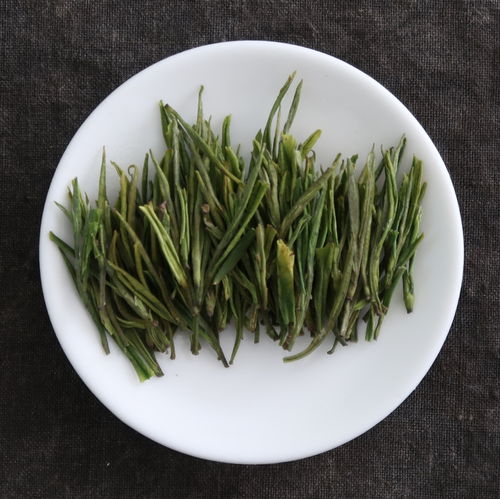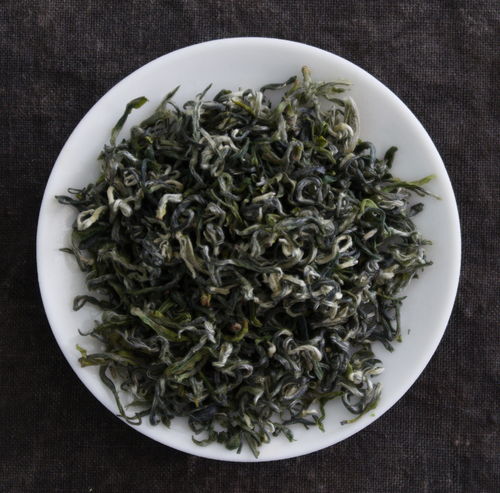Green Tea
In principle, green tea is a tea without fermentation. Its greenish color is not only visible in the cup, but also in its leaves before and after infusion.
In China, green tea represents about 70% of their tea production. It would probably take a lifetime to get to know all Chinese green teas.
In green tea, more than 85% of the epigallocatechin gallate EGCG, teaine and chorophyll are preserved in their original form, because by heating (with steam or in a pan) for only a short time, the enzyme activities in the fresh tea leaves are stopped. This "Kill Green" production process preserves the natural and fresh taste in the tea, which brings out the typical grassy note in it.
The use of steam is an ancient method, which the first Japanese priest Saicho 805 AD brought to Japan after his Buddhist studies in China. To this day, most Japanese green teas are still produced using this process.
China, in contrast, has further developed the tea production method and culture. For example, the heating of teas by pan roasting is preferred because it allows the tea to develop its flavor even better and makes it more lively. The use of numerous techniques makes it possible to produce the teas in many different forms.


